Famous Rivers of Himachal Pradesh
GEOGRAPHY
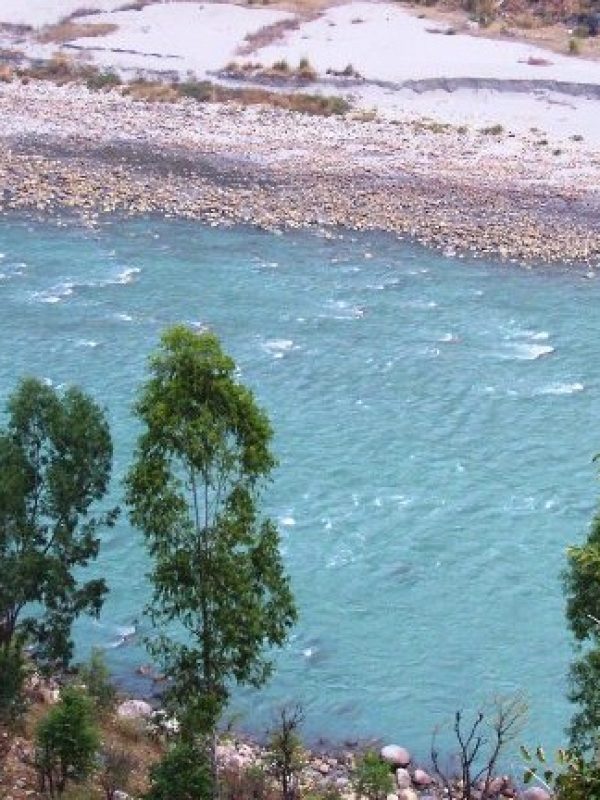
SUTLEJ RIVER
The Sutlej River is the lengthiest of the five rivers that circulation through the historical crossroad area of Punjab in northern Indian and Pakistan. It is situated northern of the Vindhya Variety, southern of the Hindu Kush section of the Himalayas, and eastern of the Main Sulaiman Variety in Pakistan. The Sutlej is sometimes known as the Red River. It is the easternmost tributary of the Indus Stream. Its resource is near lake Rakshastal in Tibet near Mount Kailas, and it moves usually western and southern western coming into Indian through the Shipki La pass in Himachal Pradesh.
In Pakistan,it rich waters the historical and traditional former Bahawalpur estate. The area to its southern and eastern is dry, and is known as Cholistan a aspect of Bahawalpur Department. The Sutlej connects with the Beas river in Hari-Ke-Patan, Amritsar, Punjab, Indian, and carries on southern western into Pakistan to merge with the Chenab river, developing the Panjnad river near Bahawalpur.The Panjnad connects the Indus river at Mithankot. Indus then moves through a stuff near Sukkur, moves through the rich fertile area of Sindh, and ends in the Arabian Sea near the slot town of Karachi in Pakistan.
BEAS RIVER
The Beas types the valleys of Kullu and Kangra, popular for their Charm. But surprisingly, its resource is an unimportant looking igloo like structure near Rohtang pass in Pir Panjal variety to the northern of Kullu. The major forced of this river is southward to Larji and then to the western. Where it goes into Mandi region and further still into Kangra. Due to its snow-fed, evergreen tributaries, its influx improves significantly during the monsoons, sometimes leading to flooding.
At the Pandoh, in Mandi region, the rich waters of the Beas have been redirected to the Sutlej through 53-km of canal, with the Pong Dam designed on the Beas, for the objective of improving the wave energy power supply.
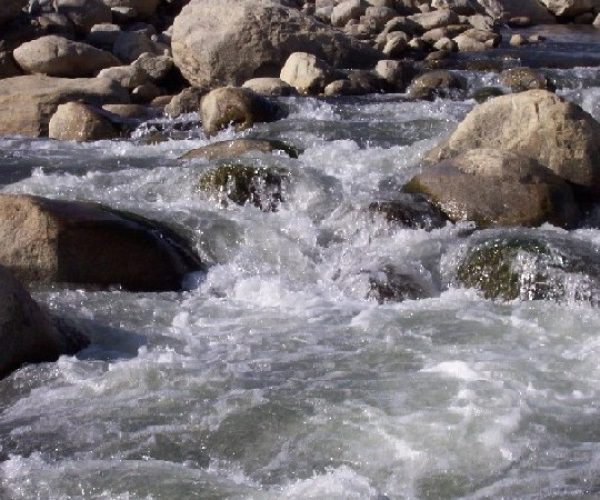
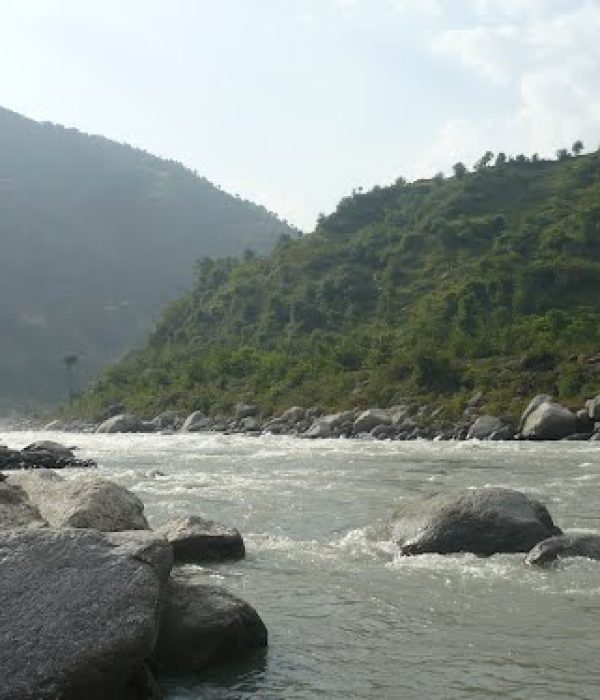
RAVI RIVER
The Ravi is a trans-boundary river falling through Northwestern Indian and East Pakistan. It is one of the six rivers of the Indus Program in Punjab area (name of Punjab indicates “Five Rivers”). After the partition of Indian in Aug 1947, the rich waters of the Ravi River, along with five other river of the Indus system (Beas, Sutlej, Chenab, Jhelum and Indus), separated Indian and Pakistan under the Indus water Agreement, which was assisted by the Globe Financial institution.
Consequently, Indus Sink Venture has been designed in Pakistan and many Inter Sink water Exchanges, Watering, Wave power and multi-purpose tasks have been designed in India. The Ravi stream types the greatest sub-micro area of Chamba area. From Bara Bangal of Kangra area, it moves through Bara Bansu, Tretha, Chanota and Ulhansa. The Ravi stream combines with the Chenab in Pakistan. The well known individual agreement along the stream are Barmaur, Madhopur and Chamba city. Its complete duration is 720 km.
SPITI RIVER
The Spiti river has its resource far northern on the southern hills off hill varies which ruin between Lahul and Spiti. The river is established at the platform of the Kunzam Variety by the confluence of Kunzam La Togpo and the sources Kabzima and Pinglung. On the european part of its bitter can be found a wide salt-water lake. The river follows a lengthy twisting course interloced here and there by spur that venture from the feet of the levels off on both factors.
The Spiti has a wide and smooth area outlined by great straight coves. The area covers are smooth and plateau-like. Above the ‘plateaus and area again increases in extreme scarps.
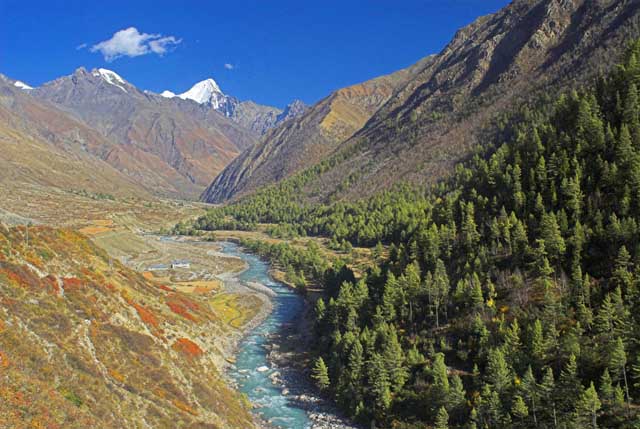
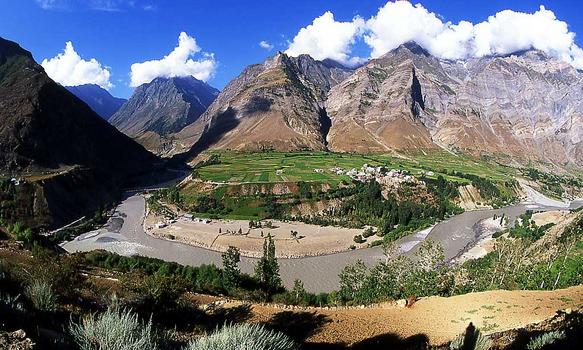
CHANDRA RIVER
Chandra River increases in the snows relaxing at the platform of the main Himalayan variety in Lahaul-Spiti region. Thereafter it moves for a significant distance along the platform of slim variety in the South-East route, before making a 180° convert and getting a South-West course in Spiti area. the whole area is a wide cold desert that gets little or no rainfall as it can be found in the rainfall darkness of the
Pir Panjal variety relaxing towards Southern. The important human agreement along the stream is Koksar.
BHAGA RIVER
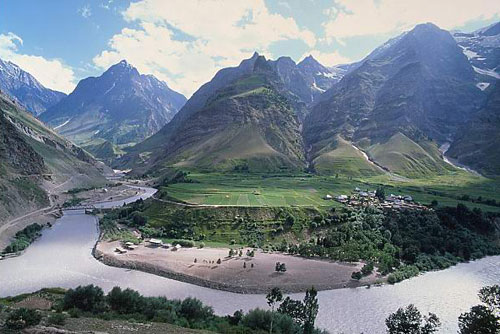
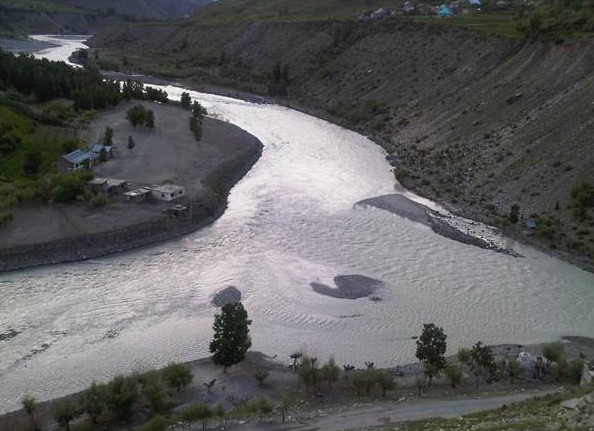
CHANDRA/BHAGA/CHENAB RIVER
Two streams namely Chandra and Bhaga increase on the other factors of the Baralacha pass at an level of 4,891 meters and fulfill at Tandi at an level of 2,286 meters to type the stream Chenab. The Chenab increases from the South-East and Bhaga from the North-West of the Baralacha pass. It goes into Pangi place of Chamba region near Bhujind and results in the region at Sansari Nala to get into Podar place of Kashmir. It moves in Himachal for 122 km. With its complete duration of 1,200 km., it has a catchment place of 61,000 sq. km., out of which 7,500 sq. km. lie in Himachal Pradesh. It is the biggest stream of Himachal Pradesh with regards to number of rich waters. The Chenab place is a structual trough established by the excellent Himalayan and Pir Panjal varies.
PARVATI RIVER
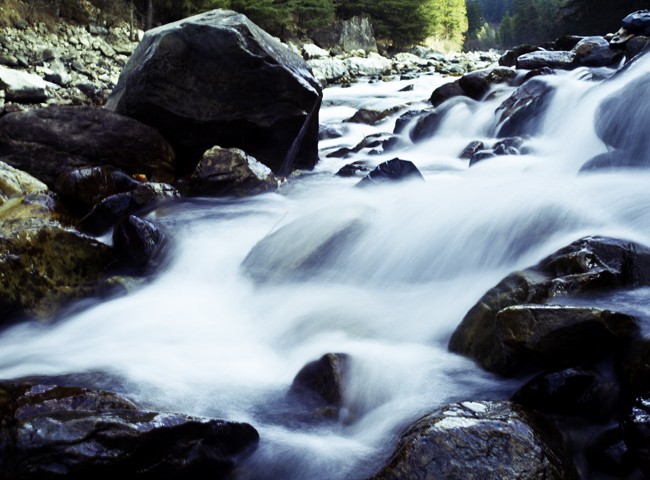
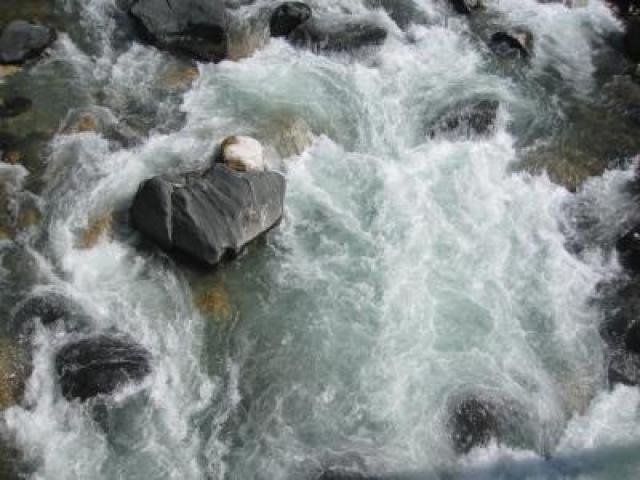
GIRI RIVER
The river Giri is an essential tributary of the Yamuna river. It drains a aspect of South-Eastern Himachal Pradesh. The Giri or Giriganga as it is popular in the Jubbal, Rohru mountains that increases from Kupar peak just above Jubbal city after streaming through the center of Shimla mountains, moves down in the South-Eastern route and separates the Sirmaur area into equivalent areas that are known as Cis-Giri and Trans-Giri area and connects Yamuna upstream of Paonta below Mokkampur.
The stream Ashni connects Giri near Sadhupul ( Chail ) while stream Jalal which comes from Dharthi varies adjacent Pachhad connects it at Dadahu from the right aspect. The waer from the Giri stream is led through a canal to the energy home of Girinagar and after that it is led into the Bata stream.
YAMUNA RIVER
It goes into Himachal Pradesh at Khadar Majri in Sirmaur area. Yamuna river is the biggest tributary of the Ganga. The Yamuna river has legendary regards to the Sun. It increases from Yamunotri in Gharwal mountains and types the Southern border with Unttar Pradesh. The Yamuna is the Eastern-most stream of Himachal Pradesh. Its popular tributaries are Plenty, Pabbar and Giri or Giri Ganga. The Giri Ganga increases from near Kupar peak just above Jubbal city in Shimla area, Plenty from Yamunotri and Pabbar from Chandra Nahan Pond near the Chansal optimum in Rohru tehsil of Shimla area.
Its complete catchment place in Himachal Pradesh is 2,320 km. It results in the estate near Tajewala and goes into into the Haryana estate . The main geomorphic functions of the Yamuna area are interlock spur, gorges, extreme stone seats and balconies. The latter have been established by the stream over the last centuries.
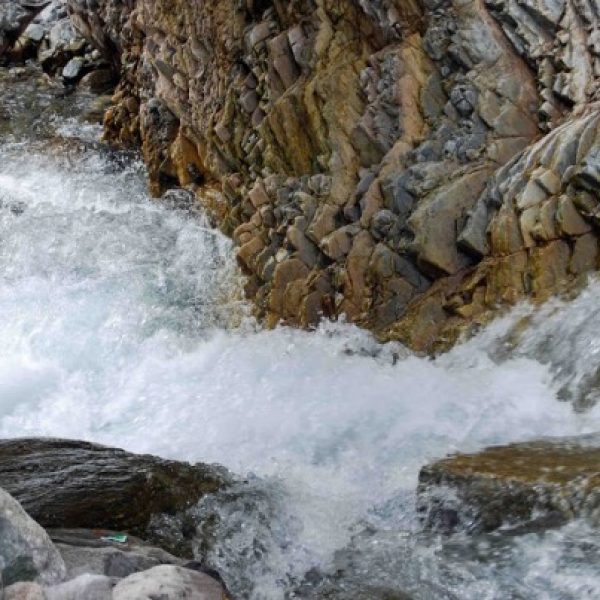
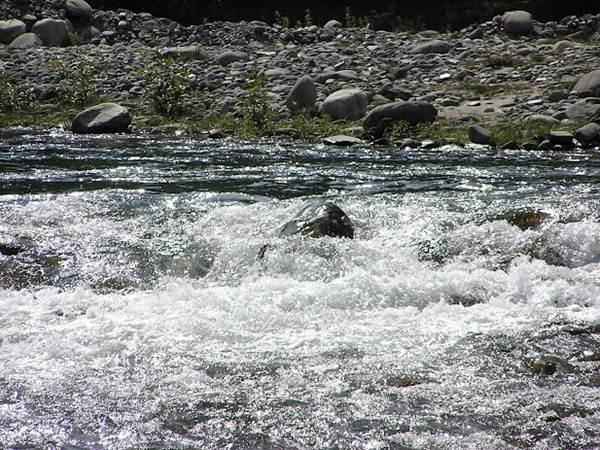
PABBAR RIVER
The Pabbar River is a tributary of the Shades River linking to it from the western. The Pabbar River is the westernmost river that empties eastern to the Ganges. The Sutlej River is the next watershed over and is the easternmost stream that empties western into the Indus.
The Chenab River is intricately related to Himachal Pradesh in a few key ways:
- Origin: The Chenab’s headwaters, the Chandra and Bhaga rivers, originate within Himachal Pradesh, specifically the Lahaul and Spiti districts. These glacier-fed rivers contribute significantly to the Chenab’s overall volume.
- Geographical Features: The Chenab carves its path through Himachal Pradesh for roughly 122 kilometres. This stretch includes narrow gorges and valleys, shaping the region’s mountainous landscape.
- Water Resource: The Chenab is a vital water source for the state. The water is used for irrigation in the valleys and plains, supporting agriculture, a crucial aspect of Himachal’s economy.
- Hydropower Potential: The steep gradient of the Chenab in the Himalayas of Himachal Pradesh presents a significant opportunity for hydroelectric power generation. Several dams are built or planned on the river to harness this potential and generate clean energy.
- Ecological Impact: The Chenab River ecosystem is vital for the region’s health. The river supports diverse flora and fauna; its flow patterns influence the climate and vegetation.
In essence, the Chenab River is not just a river that flows through Himachal Pradesh; it’s a source of life that shapes the land, resources, and even the energy generation of the state.